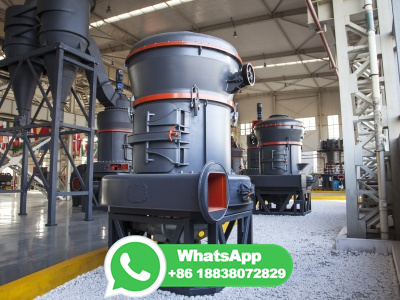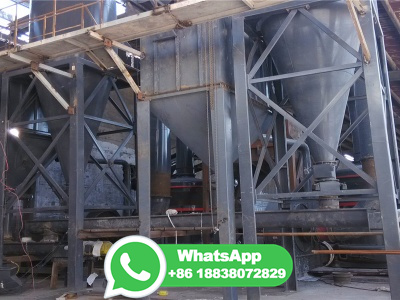(PDF) A General Model of Coal Devolatilization
WEBAug 30, 1987 · Coal devolatilization is a process in which coal is transformed at elevated temperatures to produce gases, tar* and char. Gas formation can be related to the thermal decomposition of specific ...

































